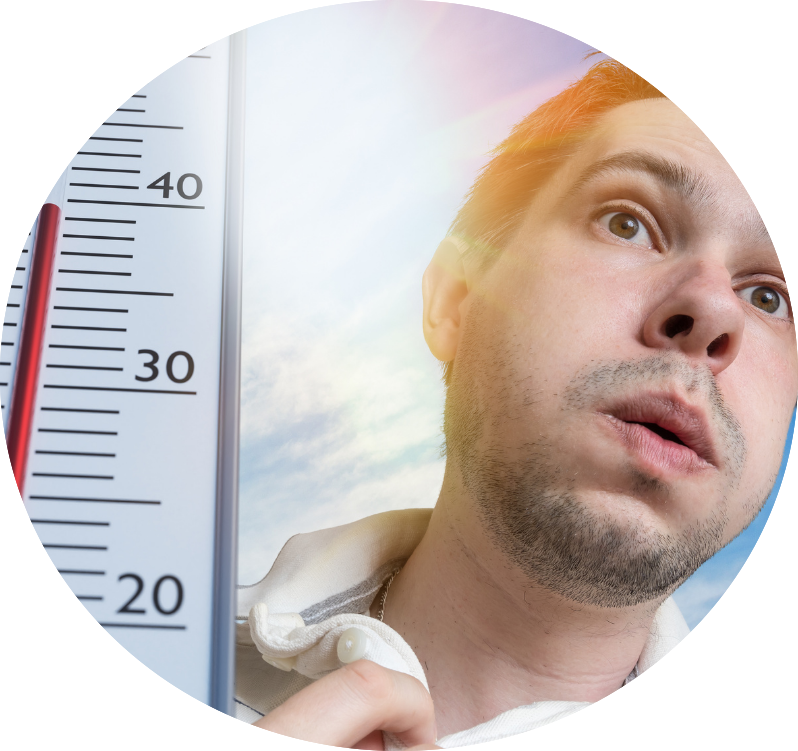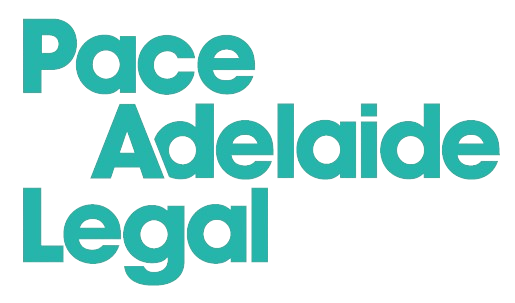
Working in Heat
As summer is approaching and it continues to get hotter, working in the heat becomes increasingly hazardous for Australian workers. When the human body is unable to maintain a constant temperature required to function, it can lead to overheating and heat-related issues.
Common effects of working in heat include:
- Heat rash
- Fainting
- Dehydration
- Heat stroke
- Burns
- Reduced concentration
Safe Work Australia has updated its guidance materials on managing the risks of working in heat, and what to do if a worker begins to suffer from a heat-related illness.
Managing the risk of heat
Everyone in the workplace has health and safety responsibilities when it comes to working in the heat. A person in a position of control must ensure that, where reasonably possible, workers are able to carry out work in the heat without risk to health and safety. An individual must also take reasonable care for their own health and safety.
In order to manage the risks associated with working in heat, Safe Work Australia suggests you use the process of identifying the hazard, assessing the risk, controlling the risk and reviewing the risk.
Identify the Hazard
Heat is a hazard in many Australian workplaces, especially during summer. Consider looking at things such as the air temperature, radiant heat sources and work requirements which could be potential hazards.
Assess the Risk
Assessing the risk allows you to determine the severity of the risk and what control measures are active or need to be taken. Consider things such as where the work is being done, the type of work, the standard uniform and the individual worker susceptibility to heat-related illness.
Control the Risk
Implementing control measures can help eliminate or reduce the risks associated with working in the heat. There are several ways to do this including substituting the hazard with something else to make the workplace safer, isolating the hazard by physically separating the source of harm from other people or engineering control measures such as setting up shade or installing air-conditioning.
Other methods which may be effective along with the implementation of control measures include personal protective equipment such as sun protective work clothing and sunscreen, and ensuring workers are hydrated.
Review the Control Measures
In addition to implementing the control measures, it is important to continue to review them over time and ensure that they are working as planned.
What to do if someone develops a heat-related illness?
Heat-related illness can be fatal if left untreated. If you think someone is suffering from a heat-related illness, call an ambulance immediately.
If you’re not sure how to tell if someone is suffering from a heat-related illness, Safe Work Australia has provided a first aid fact sheet with further information on how to recognise signs of heat related illness.
If you have any further questions about managing heat related risks in the workplace, please contact one of our employment law team on 08 8410 9294 or via this form.
